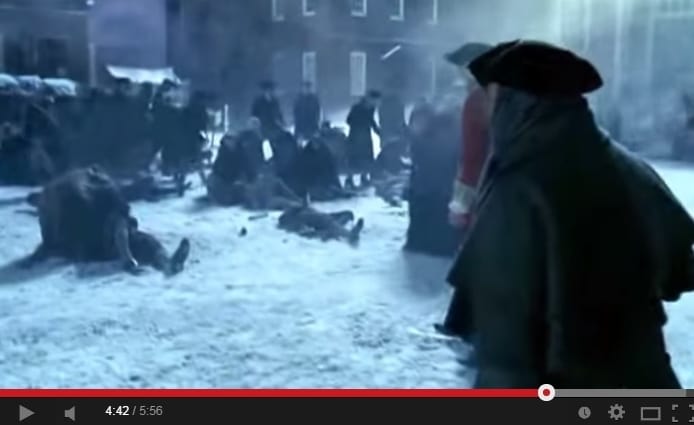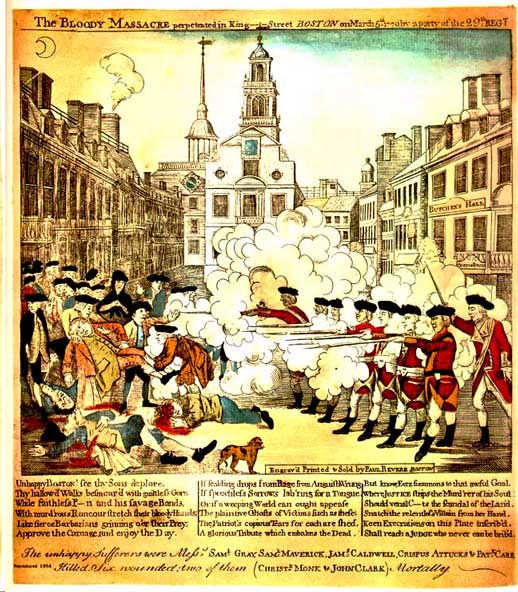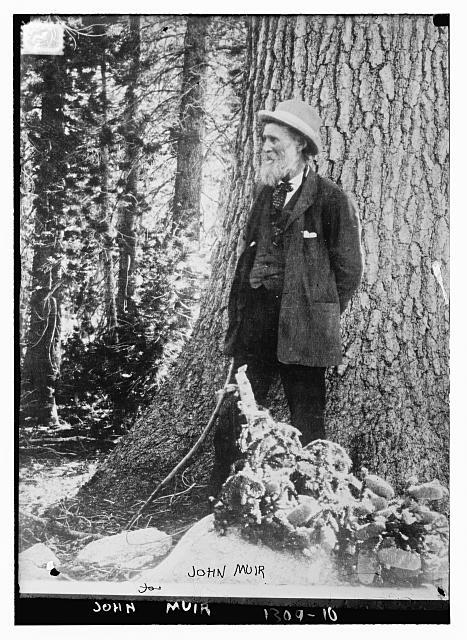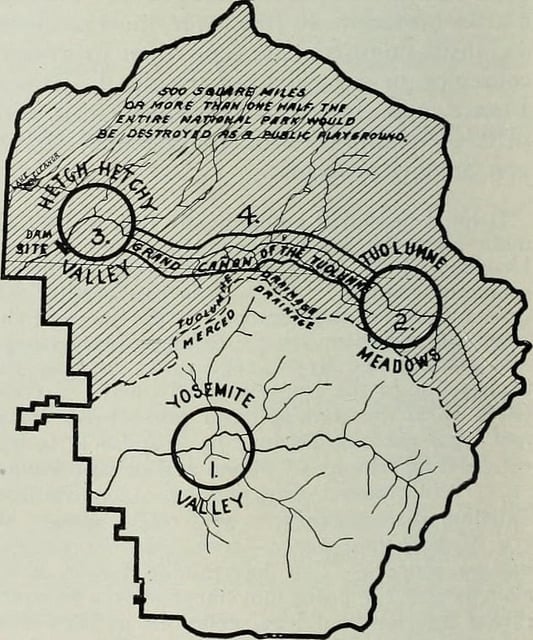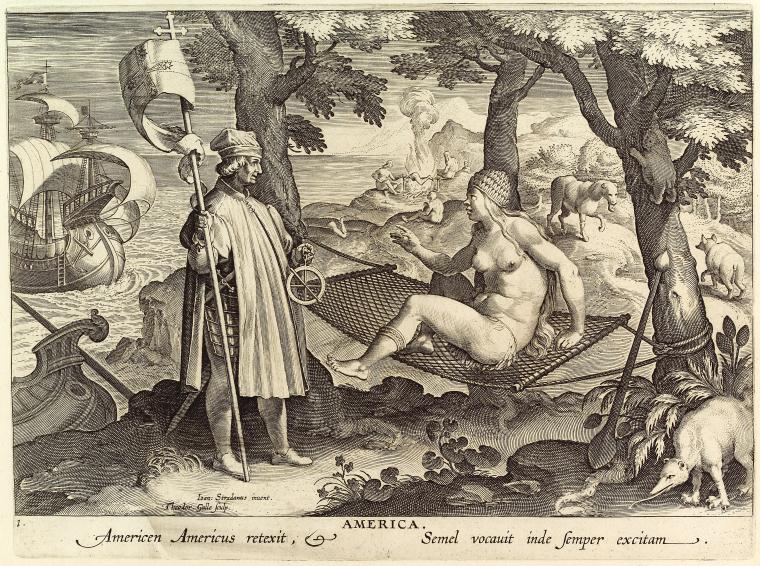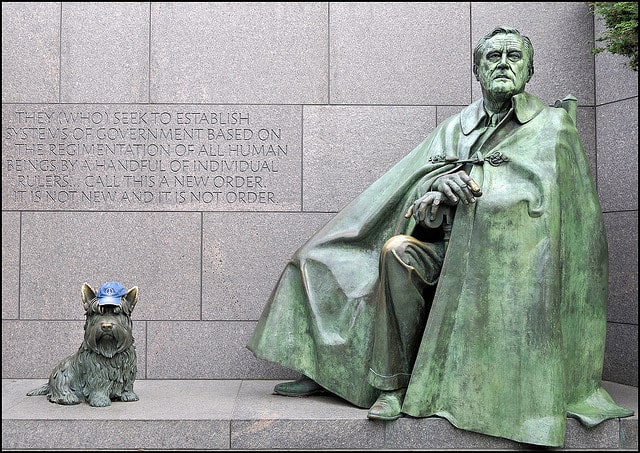The events that occurred the evening of March 5, 1770 are referred to as “The Boston Massacre” by Americans and “The Incident on King Street” by the British. Which is it? The purpose of this assignment rests in deciding just that, within sourcing and corroborating primary sources from the event. The target grade level is high school.
At the beginning of the lesson, I will show the following clip from the HBO original series John Adams.
Click here to view the clip – 3:22-end
Next, students will first examine Paul Revere’s engraving, “The Bloody Massacre perpetrated in King Street, Boston on March 5th, 1770.”
- How would you describe the behavior and actions of the crowd? the British Soldiers?
- Compare the portrayal of the events in Boston on March 5th, 1770 to the portrayal of the same events in the video. How are they alike, and how are they different? Consider the time period both were produced in. (Revere 1770, HBO 2008)
- How can pictures be a powerful way to express an event, rather than a written testimony?
- Paul Revere, an American patriot, made this engraving. Why is this important to consider when interpreting this piece of art?
The students will then move on the testimony from Sam Adams, John Hancock, and others:
“On Friday, the 2nd instant, a quarrel arose between some soldiers of the 29th and the rope-makers journeymen and apprentices, which was carried to that length, as to become dangerous to the lives of each party, many of them being much wounded. This contentious disposition continued until the Monday evening following, [March 5th] when a party of seven or eight soldiers were detached from the main guard, under the command of Captain Preston, and by his orders fired upon the inhabitants promiscuous lyin King Street, without the least warning of their intention, and killed three on the spot; another has since died of his wounds, and others are dangerously, some it is feared mortally, wounded. Captain Preston and his party are now in jail. An inquiry is now making into this unhappy affair . . .”
Excerpt from the Colonial Williamsburg Foundation
- What emotion is expressed in this account? What observations do they make that indicate their anger at the British?
- What facts does this account report? Why did the committee include some of these facts and not reporting others?
- How might reading only this account influence someone’s view of what happened on March 5, 1770?
Finally, the students will examine the testimony from British Captain Thomas Preston
“About 9, some of the guard came to and informed me the town inhabitants were assembling to attack the troops, that that the bells were ringing as the signal for that purpose . . . In my way there, I saw people in great commotion, and heard them use the most cruel and horrid threats against the troops. They immediately surrounded the sentry [British soldier] posted there, and with clubs and other weapons threatened to execute their vengeance on him. . . . the unhappy affair took place without any loading in their pieces [muskets]; nor did I ever give orders for loading them. The mob still increased and were more outrageous, striking their clubs…and calling out, come on you rascals, you bloody backs, you lobster scoundrels, fire if you dare . . . fire . . . At this time I was between the soldiers and the mob, parleying with and endeavoring all in my power to persuade them to retire peacefully, but to no purpose.”
Excerpt from the Colonial Williamsburg Foundation
- From the point of view of Captain Preston, what was the intent of the unruly crowd?
- How did Captain Preston try to settle the matter?
- What facts did Captain Preston include in his report that influence the view of what happened March 5, 1770?
- What is different about Captain Preston’s report than the Committee’s report? What is the value of these differences? How they demonstrate the differing perspectives of both sides?
Lesson Reflection: This lesson reminded me how important it is to show students that history is much more than facts and dates. Showing them pieces of the past and having them examine it like evidence helps students feel more connected to the past, since they’re handling pieces of the past right in their hands. The topic I picked was rather easy for primary source evaluation, since it was so controversial and contains several different points of view. In the future, I look forward to doing this activity with historical events that do not appear to be so controversial at first, to show students the value of looking at primary sources, as well as facts in a history book, with a critical eye.

